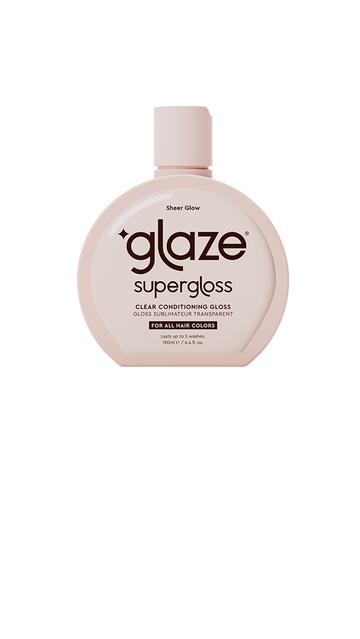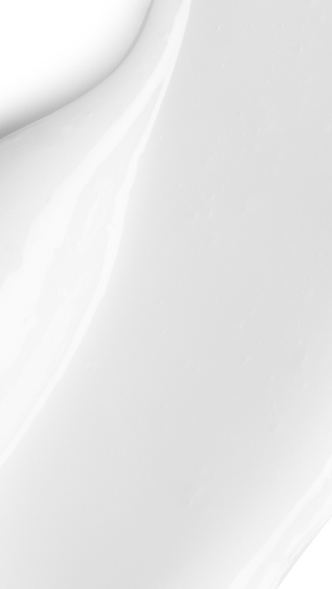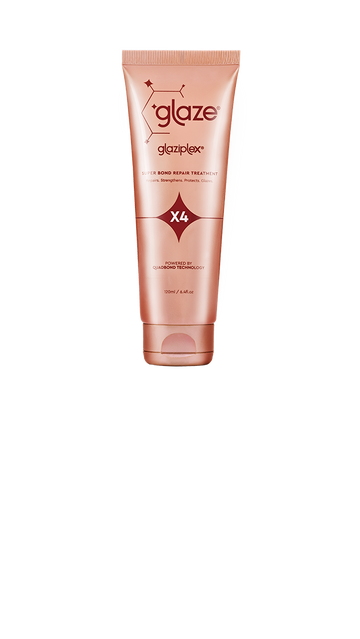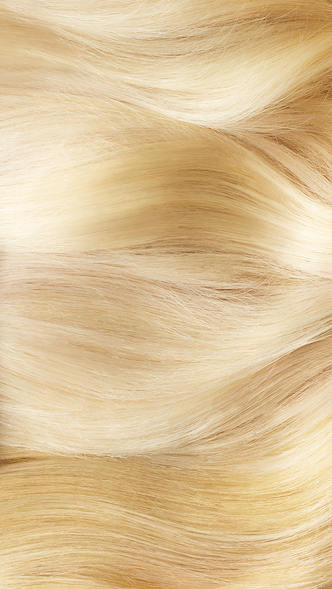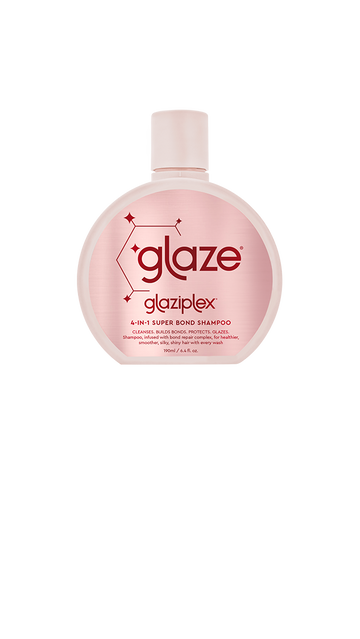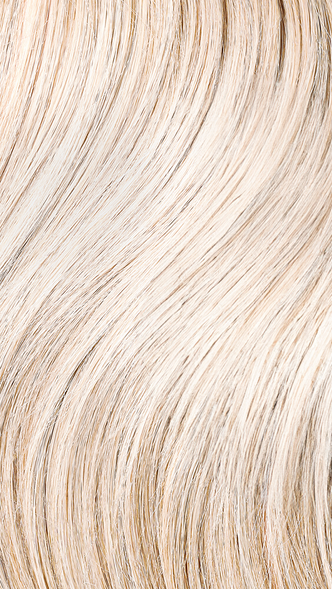
How to Test Your Hair Porosity and What You'll Need to Care for It
You already know that there are a lot of different hair types. Thick, thin, curly, wavy, straight, you’re probably already aware of what hair type you have. But do you know your hair porosity? Your hair porosity will affect how hydrated or how dry your hair looks, and your hair care routine should work for your porosity levels. If you’ve never considered your hair porosity before, don’t worry – we explain all in our below guide, so you can find out the porosity of your hair and how you can care for it properly.
What is hair porosity?
Hair porosity is related to the structure of your hair and its ability to retain moisture. To get into the science – your hair strands are made up of three different levels: the cuticle, which is the protective outer layer, the cortex, which is a thick layer of proteins that give your hair its colour, and the medulla, which is the soft part in the center of your hair strands.
When you use a conditioning hair gloss and other hydrating hair products, the nourishing ingredients need to be able to pass through the tough outside layer to reach the cortex, where they can get to work. Whilst the outer layer is strong, it’s made up of many small cuticles that overlap each other. This allows water and oils to get through the gaps and reach the cortex to nourish the strands.
Hair porosity is usually categorized into low porosity, medium porosity, and high porosity. Cuticles that are too close together are known as low porosity. It can be difficult for the water and oils to penetrate the outer layer, meaning your hair doesn’t get the hydration it needs, leaving it dry. However, when you are able to moisturize low porosity hair properly, it can retain moisture for a long time.
On the other hand, high porosity hair is when the cuticles are spaced too far apart. This makes it hard for your hair to retain moisture which, again, can leave it dry.
Medium porosity hair has cuticles that are spaced far enough apart to let moisture in but closed enough that they don’t let moisture escape.
What affects hair porosity?
Your hair porosity will usually be determined by your genetics. However, it can also be affected by damage caused from heat styling tools, UV rays, chemical treatments, and harsh, drying products. When used frequently, these can all cause your hair cuticles to open, meaning it will be more difficult for your hair to retain moisture.
How to test your hair porosity
If you’re unsure what type of hair porosity you have, there’s a super simple test that you can do at home. First, start with clean, dry hair – you’ll want to make sure you don’t have any product in, as this can affect the outcome of the test.
Comb or brush your hair to release any loose strands. Take a strand and put it into a glass of water. If your hair floats, it has low porosity, as it’s not absorbing any water. If your hair sinks quickly, it is absorbing a lot of moisture and so is high porosity. If your hair sinks slowly, you probably have medium porosity.
You can also test your hair’s porosity by spritzing water onto your dry hair. If the water sits on the strands for a while, you probably have low porosity. If your hair absorbs all the water instantly, you likely have higher porosity hair.
How to care for low porosity hair
Low porosity hair is fantastic for retaining moisture, as long as you use the right methods to get the moisture in. If you have low porosity hair, you should aim to shampoo and condition your hair no more than twice a week. You want to avoid using products that will build up on your hair strand, as this will make it more difficult for your hair to absorb moisture. A protein-free conditioner won’t cause as much build-up and can also be more easily absorbed into your hair. You should also apply conditioner to wet hair, as the water will help the conditioning product penetrate the hair. Leaving conditioner to sit on your hair under a shower cap can add heat, which can help to open up the cuticles and allow the moisturizing ingredients to get through.
How to care for high porosity hair
High porosity hair can easily let moisture in, but it will have a hard time retaining that moisture. So, you should look for highly hydrating products, such as butters, oils, and deep conditioning treatments to nourish hair. If you use heat styling tools, always use heat protectant product to help stop any more moisture from escaping your strands. Try to avoid washing your hair with very hot water – instead, use lukewarm water, as this will be less likely to damage your hair and dry it out further.
Need more help?
Still have a question? We’re here to help you. If you have any concerns you’d like to discuss, please get in touch…
Contact Us
